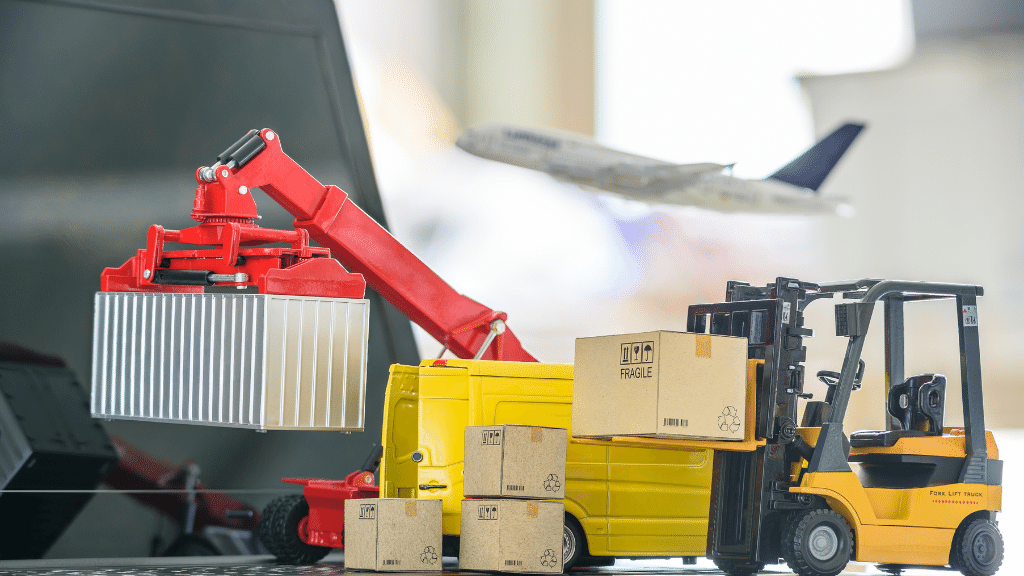Promoting a Positive Work Environment: A Key to Stronger Teams and Sustainable Success
A positive work environment isn't about free coffee, ping-pong tables, or casual Fridays — it’s about creating a space where people feel respected, safe, motivated, and connected.
In today’s competitive landscape, a great product or service will only take you so far. The real engine behind business success? Your people. And to bring out their best, they need the right environment to thrive.
Whether you’re leading a manufacturing crew, running a busy admin team, or managing a distributed workforce, this blog unpacks how to build a positive, productive, and mentally healthy workplace — and why doing so is not just good ethics, but smart business.
What Does a Positive Work Environment Actually Look Like?
It’s more than just “being nice.” A positive work environment is one where:
-
-
Communication is open and respectful
-
Employees feel valued, included, and safe
-
Leaders are approachable and supportive
-
Feedback flows both ways
-
Teamwork is encouraged and conflict is managed constructively
-
Wellbeing is prioritised alongside performance
-
In other words, it’s a place where people want to come to work — and can do their best when they’re there.
Why It Matters: The Tangible Benefits of a Positive Workplace
Promoting a positive work environment is about far more than just “good vibes.” It delivers measurable outcomes across the board.
1. Higher Productivity
People work better when they feel supported and valued. Studies show that happy employees are up to 20% more productive than unhappy ones.
2. Improved Retention
A positive workplace reduces turnover by building loyalty and engagement. It’s far more cost-effective to keep great people than constantly replace them.
3. Better Safety and Fewer Incidents
Workplaces with strong cultures and communication are safer. Team members are more likely to follow procedures, look out for each other, and raise concerns early.
4. More Effective Communication and Teamwork
When trust is high, collaboration improves. People share ideas more freely, solve problems faster, and work through conflict constructively.
5. Stronger Customer Experience
It’s simple — happy teams lead to happy clients. A positive internal culture creates ripple effects in every external interaction.
The Australian Context: Shifting Expectations
In Australia, workers are increasingly seeking more than just a pay cheque. They want purpose, support, flexibility, and a sense of belonging.
According to reports from Safe Work Australia and the Australian HR Institute:
-
-
Psychological safety is now considered essential
-
Workplace culture is a top driver of job satisfaction
-
Leaders are expected to model and promote wellbeing
-
For businesses — particularly in tight labour markets — culture is now a competitive advantage.
What Drives a Positive Work Environment?
Here are the key pillars of a thriving workplace culture:
1. Trust and Transparency
People need to know where they stand. When leaders are honest, consistent, and open about business decisions, employees feel respected and secure.
Quick win: Keep your team in the loop about changes, challenges, and successes — even the small stuff.
2. Recognition and Appreciation
Everyone wants to feel seen. Regular, authentic recognition boosts morale and reinforces positive behaviours.
Quick win: Celebrate team milestones, give shout-outs in meetings, and say thank you often.
3. Psychological Safety
When people feel safe to speak up, share ideas, and raise issues without fear, performance skyrockets.
Quick win: Ask for team input, listen actively, and respond without judgment.
4. Clear Roles and Fair Expectations
Ambiguity causes stress. Clarity about roles, responsibilities, and performance expectations builds confidence and reduces confusion.
Quick win: Check in with your team about their workloads and job clarity — adjust as needed.
5. Opportunities for Growth
A stagnant workplace is a negative one. Learning and development fuel motivation, engagement, and loyalty.
Quick win: Encourage employees to pursue upskilling, offer mentoring, and promote from within where possible.
6. Supportive Leadership
Leaders set the tone. Empathetic, values-driven leadership creates a ripple effect throughout the organisation.
Quick win: Model the behaviours you want to see — and be the kind of leader you’d want to work for.
7. Wellbeing and Work-Life Balance
Burnout kills positivity. Supporting mental health and balance isn’t a luxury — it’s essential for sustainability.
Quick win: Encourage breaks, be flexible where possible, and normalise conversations around mental health.
Common Pitfalls to Avoid
Even well-intentioned leaders can fall into traps that undermine positivity. Watch out for:
🚫 Toxic positivity – ignoring real problems in the name of “staying upbeat”
🚫 Favouritism – perceived unfairness erodes morale fast
🚫 Ignoring feedback – nothing kills motivation like being asked for input, then dismissed
🚫 Overwork culture – saying “we care” but rewarding burnout sends mixed signals
Creating a positive environment requires honesty and action, not just surface-level smiles.
Creating a Culture That Sticks
Sustainable positivity isn’t about one-off gestures. It’s about embedding values into your everyday operations:
-
-
Policies that support wellbeing and inclusion
-
Training that equips leaders to lead with empathy
-
Rituals that build team connection (like morning huddles or monthly shout-outs)
-
Feedback loops that actually lead to change
-
Hiring for values, not just technical skills
-
Remember: culture isn’t created in a day — but it is shaped every day.
Real-World Example: Building Culture from the Ground Up
Take Harvey, a site supervisor in WA. His team was skilled but disconnected. Morale was low, and communication was reactive at best.
Here’s what he introduced:
-
-
Daily toolbox talks focused not just on safety, but team wins
-
A rotating “culture captain” to lead shout-outs each week
-
Monthly 1-on-1s to check in on both work and wellbeing
-
An anonymous feedback box for suggestions
-
The result?
-
-
Drop in absenteeism
-
More collaboration across trades
-
Higher job satisfaction reported in an internal survey
-
It didn’t require a big budget — just consistent, genuine effort.
Final Word: Culture is a Business Strategy
At the end of the day, promoting a positive work environment isn’t just about morale — it’s about performance, retention, compliance, and growth.
People do their best when they feel their best. And in an environment where respect, communication, and support are baked into daily operations, teams don’t just survive — they thrive.
So, what kind of environment are you creating?
📢 Want to learn more about building a better workplace?
Connect with Industry Partners Australia or explore our upcoming events and working groups.
Together, let’s make work a better place — one team at a time.
.png?width=190&name=IPA%20Logo%20Transparent%20(Hi-Res).png)





